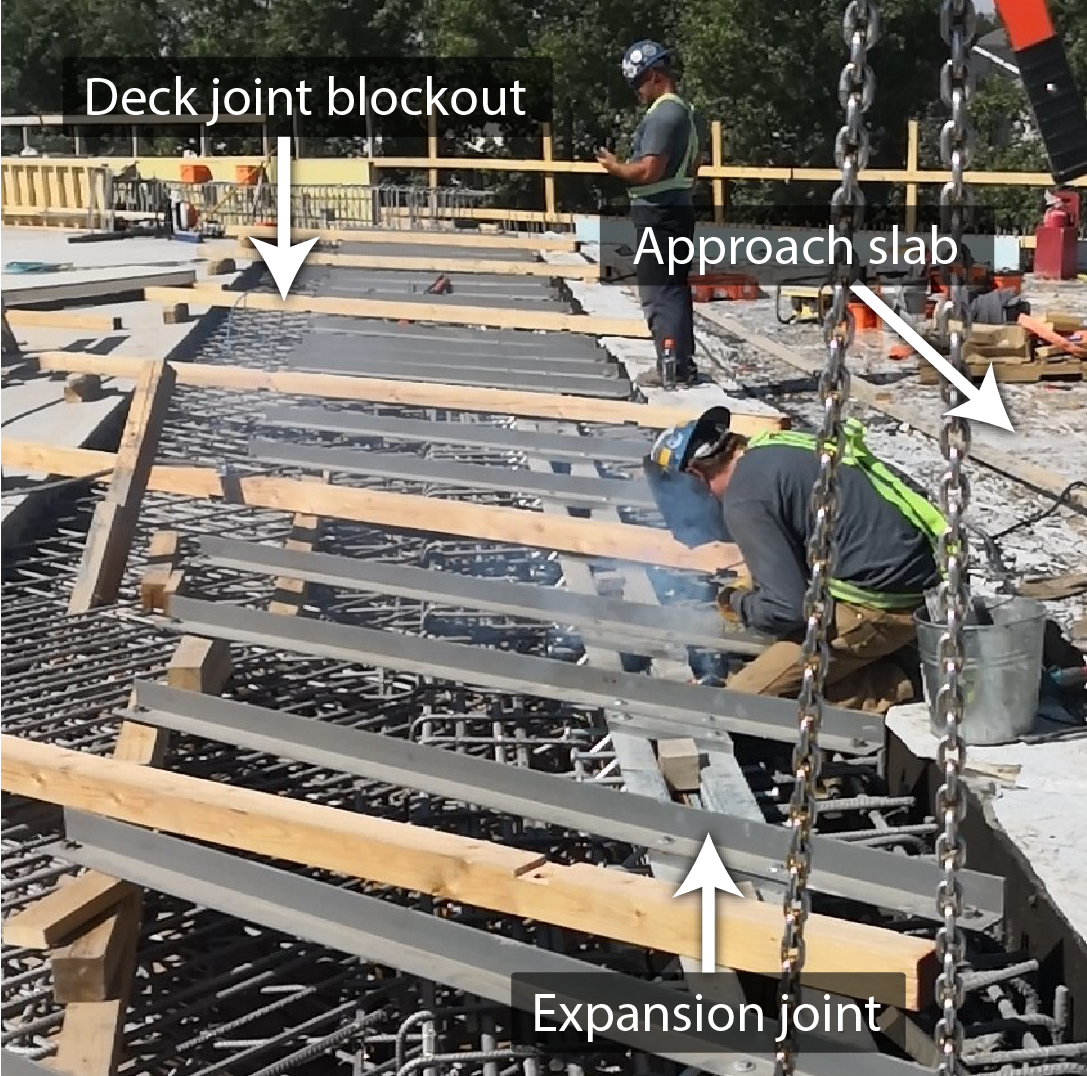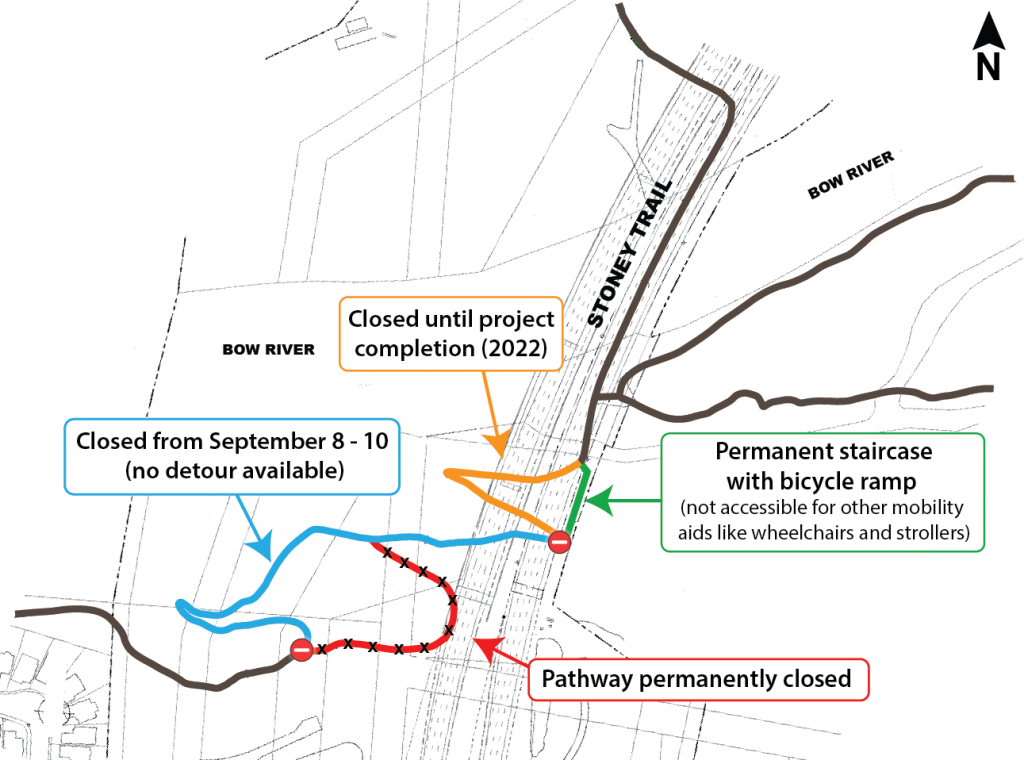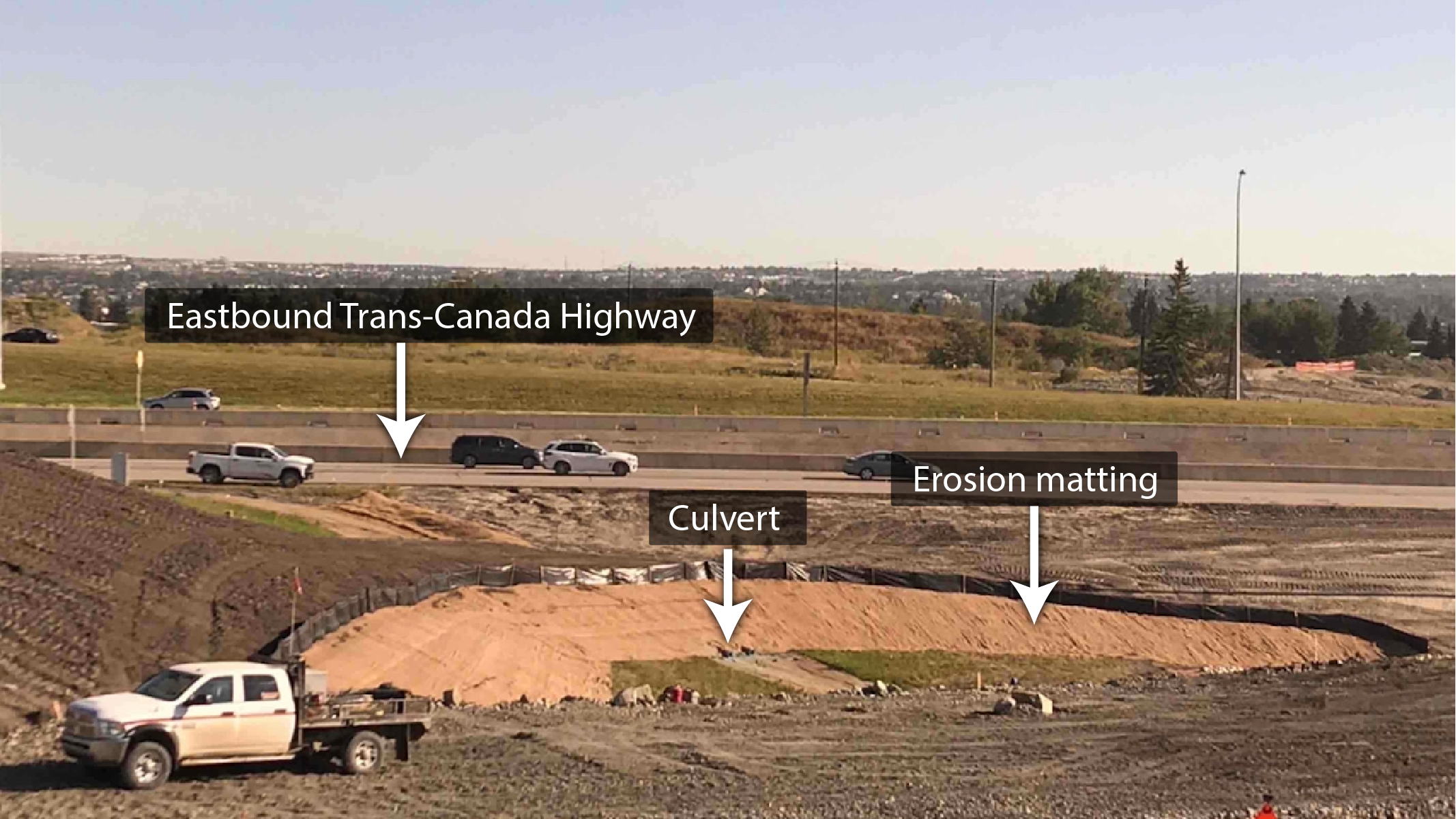Project Update – September 7, 2020
Photo Map
We’ve added some new photos to the interactive map, have a look!
Current Traffic Impacts
Trans-Canada Highway west of Valley Ridge Blvd. NW reduced to one lane – UPDATE: rescheduled to September 9 to 12 to accommodate long weekend traffic
Canada Olympic Drive SW – road closed until late September with temporary access available
Old Banff Coach Road west of Cougar Ridge Drive SW– reduced to one lane in both directions
Crestmont Blvd. SW (map below) – single lane alternating traffic
For details and up-to-date information on detours and speed reductions, visit 511 Alberta.
We appreciate your patience during construction.

Bow River Pathway Temporary Closure – No Detour Available
Beginning Tuesday, September 8 until Thursday, September 10, the Bow River pathway on the south side of the river, connecting Valley Ridge and Bowness Park, will be closed for paving. No detour will be available during this time; there will be no access to or from the pedestrian bridge and the pathway west of Stoney Trail.
Paving is weather dependent so the start and end dates for the closure may change. Please check The City of Calgary’s pathway closure map for the current status, and share this information with anyone who might be affected.
Portion of New Collector-Distributor Lanes Open
With paving complete on the collector-distributor (CD) road, traffic exiting from eastbound Crowchild Trail NW to go south on Stoney Trail has been shifted to the new lane. As other segments of the CD road open this fall and next spring, additional traffic shifts will be required. Please pay attention to changing traffic patterns as you travel through the area.

Finishing Work on Basketweave Bridge between Stoney Trail & Valley Ridge Boulevard N.W.
Crews are working on the final components of the bridge deck for the basketweave bridge between Stoney Trail and Valley Ridge Blvd. NW, including the pavement transitions, deck barriers, and expansion joints.

Deck joints bridge the gap between concrete sections of a bridge deck, protect the ends of the girders, allow for expansion, contraction and rotational movement of the deck, and prevent water and salt from leaking below.
Bridge expansion joints are designed to allow for a smooth ride across the various concrete components of a bridge deck, while also accommodating movement, shrinkage, and temperature variations.
Expansion joints are filled with a flexible material that will expand and contract as the joint gets longer or shorter due to weather changes.
Retaining Wall Adjacent to Valley Ridge Heights
The view from the top of the retaining wall gives a good sense of the height achieved with the Mechanically Stabilized Earth (MSE) wall.
Constructed Wetland
One of two wetlands being constructed as part of the North Project is located in the southeast corner of the Stoney Trail and Trans-Canada Highway Interchange.
A constructed wetland is an artificial wetland built to treat municipal or industrial wastewater, greywater or stormwater runoff. These wetlands are engineered systems that use natural processes involving plants, soils and microbiology to assist in treating wastewater.
Mainline Stoney Trail Bridge Over Trans-Canada Highway
Pond 5 Substantially Complete and In Service
The stormpond just east of Valley Ridge is now in use.
Loop Ramp Retaining Wall

Bridge Diaphragms – Keeping Girders in Line
In bridge construction, diaphragms are often placed between the girders to provide stability and transmit loads. There are typically two types of diaphragms on a girder bridge – the end diaphragms, which are located at the ends of girders, and the intermediate diaphragms, which are installed at any number of points along the length of the span.
Intermediate diaphragms are often constructed using cross-frame steel braces and they are considered critical during construction. This is especially true during deck placement, as the diaphragms help to prevent the girders from twisting and buckling. There are many different configurations possible for bracing, but K-shaped diaphragms are the most popular due to their simplicity, flexibility, and structural efficiency.
Specialized bolts are used to connect the diaphragms to the girders and are tightened to a very high tension. This clamps the joined pieces between the head and the nut of the bolt. This clamping action transfers the load from one plate to the other with no slip, resulting in what’s called a rigid joint.





















